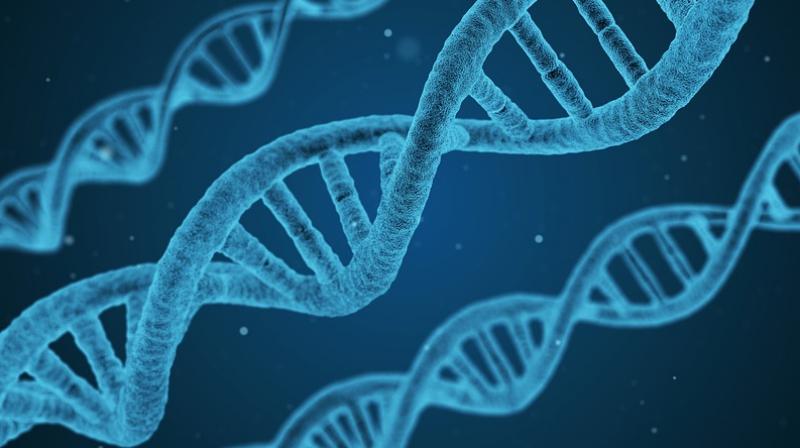Genes can pinpoint the time of death of crime victims
Major CSI breakthrough sees death being pinpointed to within close to an hour.

According to new research, genetic clocks that begin ticking after someone dies could help CSI teams better pinpoint time of death.
Currently, forensics teams decide when a person has died by measuring their body temperature, which falls by 1.5°C (2.7°F) an hour.
They can also guess it based on rigor mortis or using insects around the corpse. However, a new study claims genes could provide a simpler way to pinpoint a time of death to within close to an hour.
Scientists have found a series of genetic changes which happen when a person dies which fuel the death of cells in the body and the shutdown of the immune system.
According to researchers, the clearest readings come from the skin, thyroid, subcutaneous fat and lungs as genes no longer need to carry oxygen from the lung to the rest of the body. The researchers, who examined genes in 129 dead bodies, say they came up with a time of death accurate to within 63.75 minutes and say the method could be a 'powerful tool', noting that current forensic techniques may be unreliable and inaccurate.
However researchers, led by the Centre for Genomic Regulation in Barcelona, stress that their findings have not yet been proven to work beyond 24 hours after death.
Lead author Dr Pedro Ferreira, from the University of Porto in Portugal, said that they have found that many genes change expression over relatively short post-mortem intervals, in a largely tissue specific manner. According to him, this information helps them to better understand variation and also it allows them to identify the transcriptional events triggered by death in an organism.
Changes in the genes begin as soon as someone dies, with the most obvious ones seen between seven and 14 hours later. And while there are few immediate changes in areas of the body such as the spleen and the brain's cerebellum, big changes are seen in the muscle and colon.
The study looked at gene expression – the process by which the instructions in our genes are converted into a functional product, like a protein and identified 187 important genes after death, including the HBA1 and HBA2 genes which transport oxygen from the lungs and change their behaviour after someone stops breathing.
Rigor mortis, where the muscles stiffen or relax after death, provides the current best time of death but the new genetic method uses tissue which is easily available, offering more options in crime cases where remains are found instead of a whole body.

